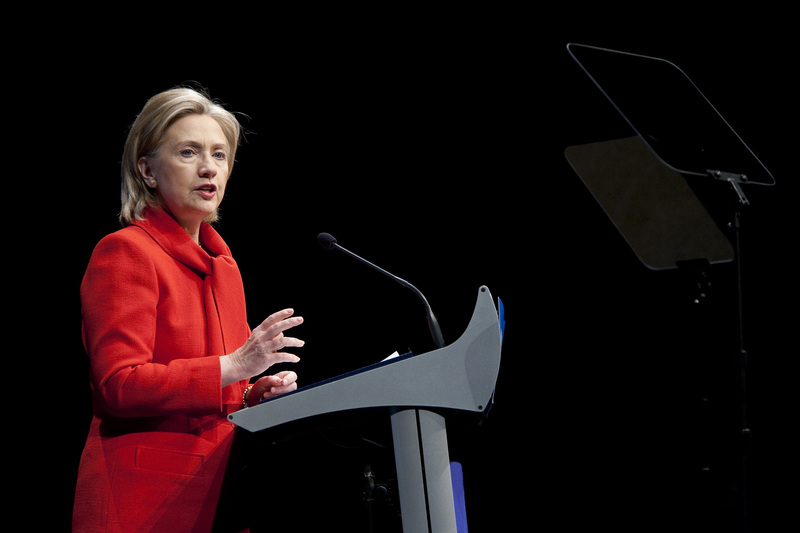What did she wear? How was her hair? Does she still have a prayer?
Notice how using the female pronoun makes you immediately think differently about a candidate. We judge female candidates differently than their male counterparts. And because of that, they need to train differently for the stage and screen.
When voters are asked how they judge a candidate, there are a variety of answers, but many times it comes down to appearance, presentation and likeability. Most of the time voters judge women candidates using personality traits and qualities, as opposed to substance and experience. And a lot of the time it’s about how they look.
Though media training cannot get rid of long-held stigmas and sexism, it can help prepare female candidates for the harsher judgment they face on the debate stage. Understanding that voters are looking at female candidates, sometimes more than listening to them may not be fair, but it’s reality.
When considering female candidates, voters distinguish between job performance and likeability. For instance, voters can like a female candidate personally, but still not think she’s right for the job. Voters tend to mix these qualities when evaluating female candidates, making a single positive or negative judgment about them.
Voters are harder on women. If they’re going to vote for a woman, it has to be the right person. How can a candidate overcome those kinds of feelings? Training can help. Teaching a female candidate to come across as strong or as warm, depending on the situation, can be the key to finding that likeability factor.
Explaining to a female candidate that they need to stand a little straighter at the podium, they need to wear clothes that say a certain something and articulate policies using certain words is a task for media training. It takes work to explain why a female candidate cannot just go out and be the same as their male counterparts. Work to explain it to the candidate and to the voters.
For years we have heard that Hillary Clinton wore this, or did her hair like this, or she wasn’t ready for primetime – based on looks alone. We never hear that about Jeb Bush, Marco Rubio or any of her male counterparts.
The same goes for Carly Fiorina. Standing on the debate stage with 10 men in September, she stood out only for her hair and for her colored dress – until she opened her mouth. Those first impressions are lasting. A candidate needs to train to make that the best first impression so voters keep listening when the candidate speaks.
She’s successful. She’s attractive. She’s talented. All words used to describe female candidates – but does that get down to making her a good leader, a good candidate, a good elected official? Until voters decide using their heads, more than their eyes, all female candidates can do is train harder to be the best leader, candidate or elected official.
If Clinton breaks the last glass ceiling, maybe next cycle it won’t be about gender. It’ll be about who’s best for the office.
Carrie Giddins Pergram is a political consultant and professor of political communications | Fonte: campaignsandelections.com
